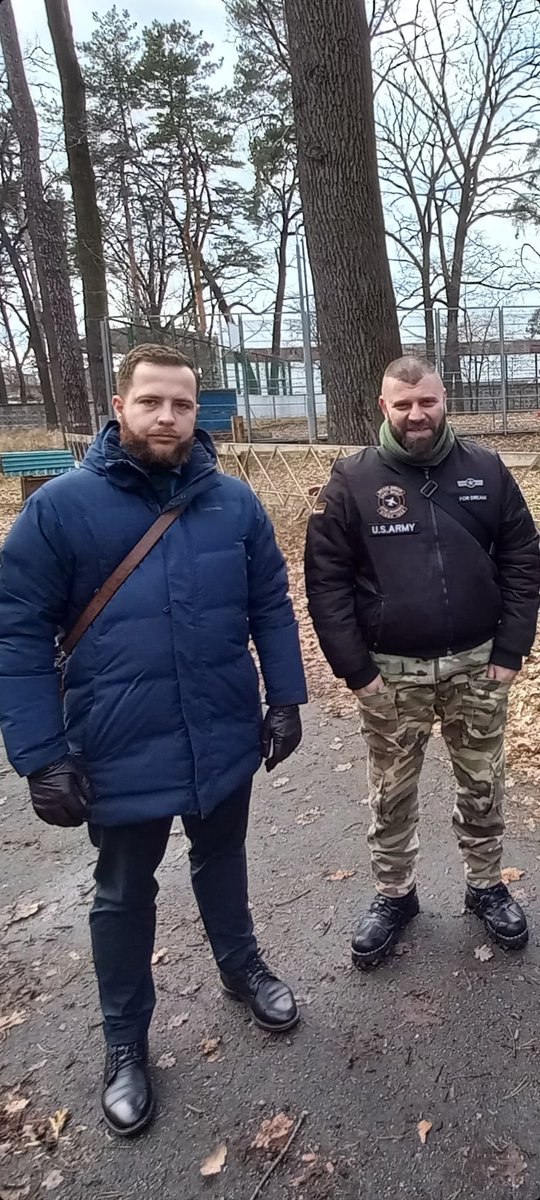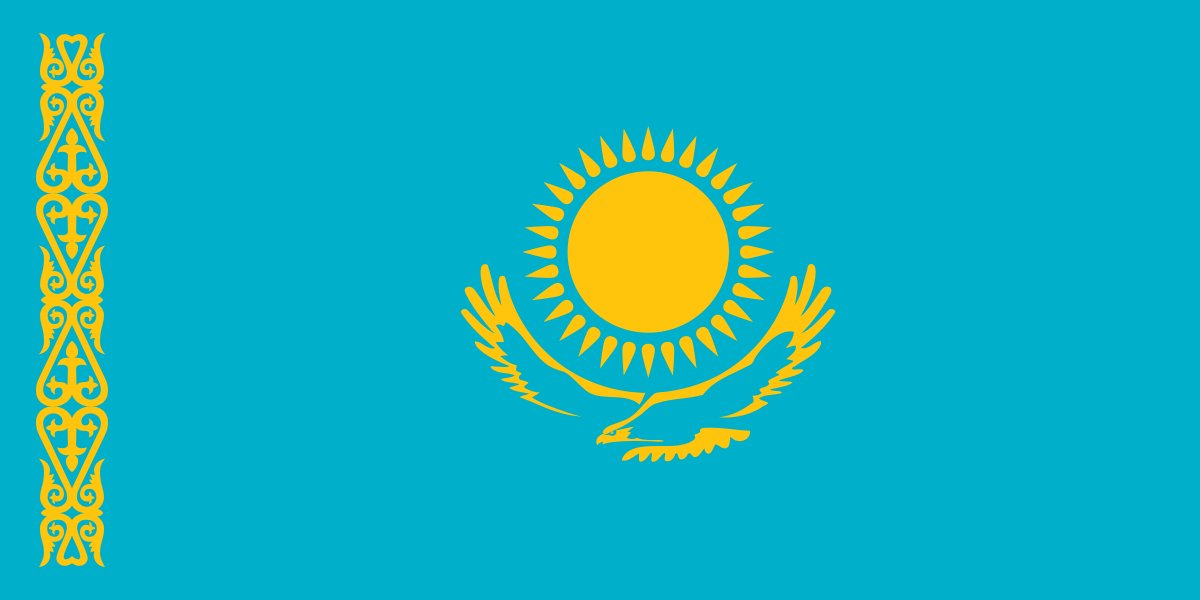
On February 26 @ZelenskyyUa and @DmytroKuleba announced the creation of the International Legion, open to foreign volunteers. About what the influx of foreign fighters to Ukraine looked like after 2014 and what to expect in this regard now - in the thread below.
#THREAD 1/26
#THREAD 1/26
https://twitter.com/DmytroKuleba/status/1497840669066502145

Organizationally, the International Legion is to be included in the Territorial Defense Battalions of the Armed Forces of Ukraine, reporting to @DefenceU. Its ranks will be joined by foreigners who want to come to #Ukraine and fight #Russia.
2/26
2/26
The decision opens a wide window for the second wave of foreign volunteers in #Ukraine. While in the years 2014-2019 (approximate dates) there was an influx of foreign fighters, in this case, however, we can talk more about potential contractors.
3/26
3/26
According to the definition of @drdavidmale a foreign fighter is someone who is not a citizen of either party to the conflict or country in which it is taking place; takes part in it for reasons other than financial; he is not a member of the armed forces or PMCs
4/26
4/26

In this case, the volunteers who will come to #Ukraine to join the ranks of the International Legion, structurally subordinate to the Ministry of National Defense, are more military contractors than foreign fighters, contrary to the many opinions circulating on the TT.
5/26
5/26
What was the influx of foreign fighters to #Ukraina in 2014-2017 and what is the significance of this from today's perspective?
I wrote about it in the @PISM_Poland Bulletin some time ago:
pism.pl/publikacje/Kon…
6/26
I wrote about it in the @PISM_Poland Bulletin some time ago:
pism.pl/publikacje/Kon…
6/26

None of the conflicts in the post-Soviet area involved as many foreign fighters as in the fights in eastern Ukraine in 2014–2019 - it is estimated that it was over 17,000. people from 55 countries. In the neighbourhood of EU only war in #Syria attracted more.
7/26
7/26
- The largest group among these 17 thousand were Russian foreign fighters (over 15,000, of which around 3,000 were on the Ukrainian side). Apart from them, over 2,000 people took part in the fights. fighters from 54 countries of the world.
8/26
8/26
I tried to estimate these numbers some time ago, among others for @TheSoufanCenter @Ali_H_Soufan
From today's perspective, the list has expanded to include representatives / „freaks” (not the only ones…) from #Philipines, #South Africa or # Peru
bit.ly/3HqKXIf
9/26
From today's perspective, the list has expanded to include representatives / „freaks” (not the only ones…) from #Philipines, #South Africa or # Peru
bit.ly/3HqKXIf
9/26

About 75% of foreign fighters fought on the side of pro-Russian separatists. Many of them were amateurs, but many had experience from other conflicts, from military service or from the French Foreign Legion. However, a separate Thread will be devoted to this soon.
10/26
10/26
Motivations: foreign fighters got involved in the conflict under the influence of individual motivations, such as various ideologies, historical memory, political attitude, nationality, ethnic and religious factors.
11/26
11/26
FFs themselves had a limited influence on the course of the conflict (approx. 1% of people involved in combat), but they often performed important functions: recruiting new volunteers, conducting paramilitary training, intelligence operations, and propaganda activities.
12/26
12/26
The participation of these people in the conflict on the side of Ukraine was possible due to the weakness of state structures in 2014 and the taking over of some of the defense functions by paramilitary units open to the FFs, with the consent of state authorities.
13/26
13/26
The influx of the FF on the other side of the conflict was stimulated by Russia, which supported the separatists by organizing their militia, recruiting and transporting the FF to Ukraine, and propaganda activities.
14/26
14/26
Formations with the participation of FFs played a significant role in the fight against Russia in the early stage of the conlict. They were not part of the command chain of the Ukrainian armed forces, which gave them a lot of freedom of action. Now situation can repeat.
15/26
15/26
However, this began to change relatively quickly - in April 2014, all territorial defense battalions became part of the Ukrainian Armed Forces and were subordinated to the General Staff of the Armed Forces of Ukraine and the oblast governors.
16/26
16/26
In order to reduce the risks associated with the functioning of paramilitary units, they were subordinated to the Ministry of the Interior and the Ministry of National Def. Initially, not all of them agreed to it, some were dissolved, but some retained extensive autonomy
17/26
17/26
The influx of volunteers to #Ukraine was therefore the largest in 2014-2016 - when they were mobilized most in the face of Russian aggression and when the military structures of the Ukrainian state were just recreating their organizational and combat capabilities
18/26
18/26
It was gradually limited as a result of the strengthening of the Ukrainian armed forces, which took over the monopoly on defense activities, and the subordination of structures with the participation of the FF and the limitation of their role.
19/26
19/26
However, the potential for further mobilization was maintained along with the continuation of the conflict thanks to the established channels of their recruitment, established personal relationships or maintaining wide autonomy by formations open to their participation.
20/26
20/26
Therefore, in the current situation these "patterns" make a difference - personal contacts, communication channels, transfer routes (many of them via Poland) shaped after 2014, will be of key importance for the influx of volunteers who want to fight #Russia.
21/26
21/26
So who can we expect this time? It is worth starting with those groups of foreign fighters/ contractors or volunteers who are already present in Ukraine, including:
- Belarusians (mainly the remains of the Tactical Belarus Group, operating within the Azov Regiment)
22/26
- Belarusians (mainly the remains of the Tactical Belarus Group, operating within the Azov Regiment)
22/26
- Other significant "contingents" (from larger to symbolic) from Azov Regiment and other units: Swedes, Finns, Danish, Norwegians Croats, Lithuanians, Latvians, Estonians etc.
- Georgian Legion, present since 2014
(below photo with commander - M. Mamulashvili, week ago)
23/26
- Georgian Legion, present since 2014
(below photo with commander - M. Mamulashvili, week ago)
23/26

- veterans of special and armed forces from the USA, Great Britain, Canada, France; I do not exclude Poland; the first American and British "specials" were to reach Kiev to play the role of Zelenska's "bodyguard", for whom the Russians are hunting
24/26
24/26
For groups that have operated on the spot since 2014 (including the Georgian Legion, the remnants of the Tactical Group Belarus, Scandinavians), the loosening of supervision over them and street fights in Kiev or Mariupol are an opportunity to recall their value
25/26
25/26
Even if some of them have been removed from serious combat operations in recent years, had to focus on paramilitary training or image-building activities, in a situation where „everyone is on board”, their contacts, training and experience will be useful to #Ukraine.
26/26 END
26/26 END
• • •
Missing some Tweet in this thread? You can try to
force a refresh






